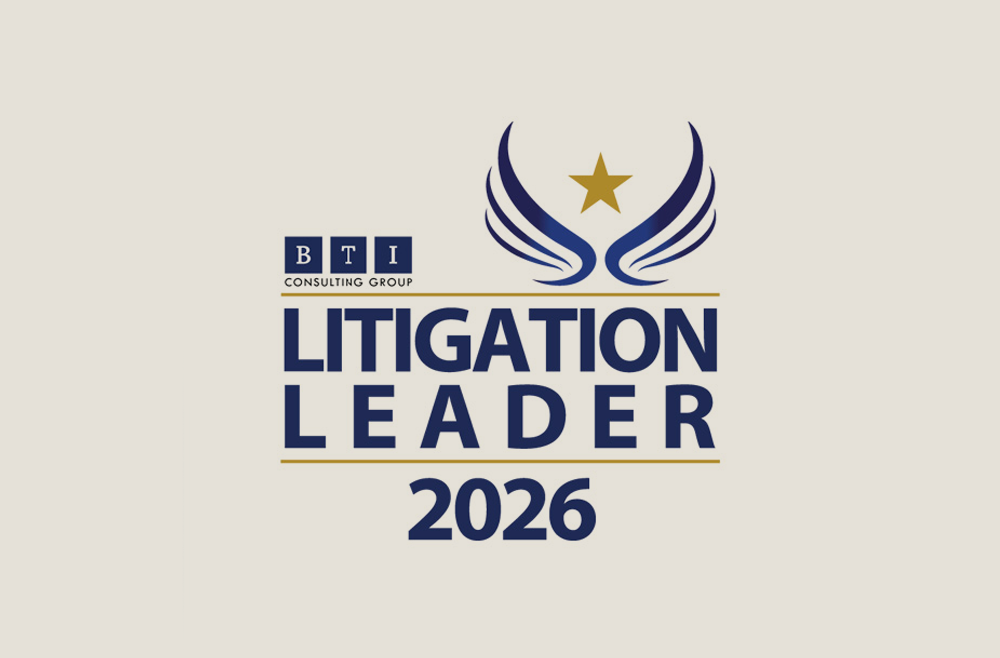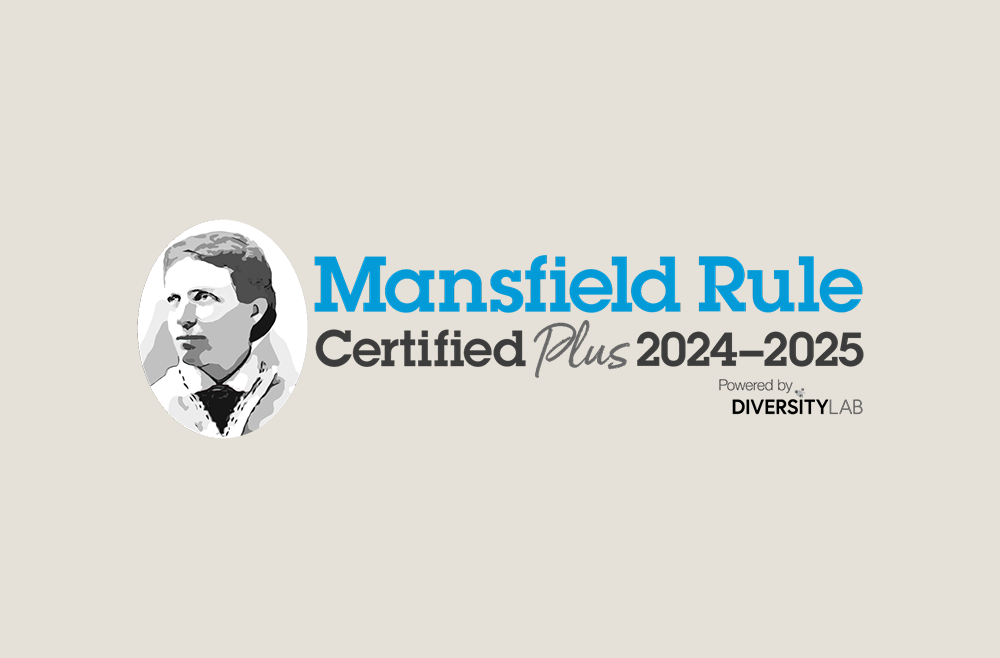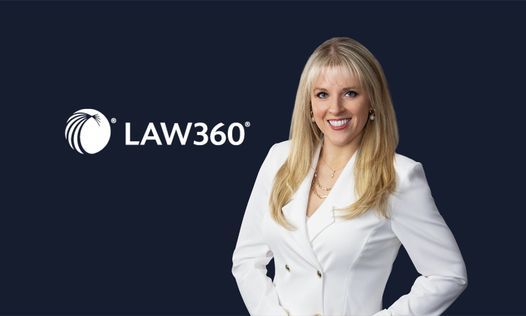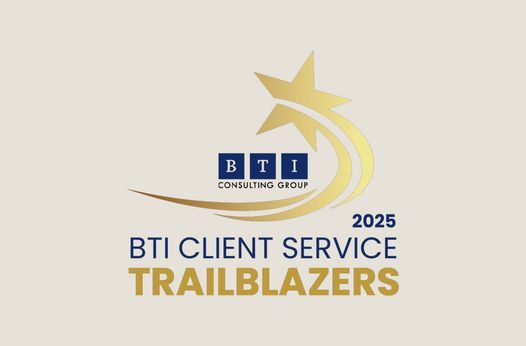SEC, Nasdaq and NYSE Increasing Oversight of Reverse Mergers
Hinshaw Alert | 7 min read
Oct 18, 2011
What Is a Reverse Merger
Many private companies seek to access U.S. capital markets by acquiring control of existing public companies. These transactions are commonly referred to as “reverse mergers.”
In a reverse merger, an existing public “shell company,” which is a public reporting company with few or no operations, is in effect acquired by a private operating company. The shareholders of the private operating company exchange their shares for most of the shares of the public company, thereby gaining a controlling interest in the public shell company. The private operating company replaces the board of directors and management of the public shell company. The post-merger surviving public company’s assets and business operations are primarily, if not solely, those of the former private operating company.
SEC
The U.S. Securities and Exchange Commission (SEC) has expressed concern about reverse mergers, most recently having issued an Investor Bulletin on June 9, 2001, warning investors about the risks involved in investing in such entities, especially those involving foreign private operating companies. Risks associated with such entities include their not being able to comply with the SEC’s filing and internal control requirements and a lack of history of complying with SEC regulations and public company accounting rules.
In the last year, the SEC has suspended trading in a number of reverse merger entities and revoked the registration of a number of these companies. The revocations occurred due to a failure of the entities to make required filings with the SEC.
Significant concerns have also arisen relating to accounting fraud allegations with respect to a number of companies following reverse mergers. The SEC recently brought an enforcement proceeding against an audit firm relating to its work for companies surviving a reverse merger.
Nasdaq
The SEC is seeking comment on whether it should approve rule changes proposed by The NASDAQ Stock Market LLC (Nasdaq) which would add additional listing requirements for a company that has become public through a reverse merger. The SEC is also seeking comment on the New York Stock Exchange reverse merger rule changes discussed below.
Under the Nasdaq proposal, Nasdaq would treat as a reverse merger any transaction whereby an operating company becomes public by combining with a public shell, whether through a reverse merger, exchange offer or otherwise. A reverse merger would not include:
- the acquisition of an operating company by a listed company satisfying the requirements of Nasdaq rules relating to companies whose business plan is to complete one or more acquisitions;
- a business combination described in Nasdaq Rule 5110(a) wherein a listed company combines with a non-Nasdaq entity, resulting in a change of control of the listed company and potentially allowing the non-Nasdaq entity to obtain a Nasdaq listing, sometimes called a “back-door listing”; or
- a substitution listing event, as defined in the Nasdaq rules, such as the formation of a holding company to replace the listed company or a merger to facilitate a re-incorporation.
Nasdaq has proposed certain “seasoning” requirements in connection with the listing of reverse merger companies:
- A reverse merger company would be prohibited from applying to list on Nasdaq until the combined entity has traded in the U.S. over-the-counter market, on another national securities exchange, or on a foreign exchange for at least six months following the filing of all required information about the reverse merger transaction with the SEC, including audited financial statements;
- The reverse merger company would have to maintain a minimum of a $4 bid price on at least 30 of the 60 trading days immediately prior to submitting the listing application; and
- The reverse merger company would have to timely file its two most recent financial reports with the SEC if it is a domestic issuer, or comparable information if it is a foreign private issuer.
The six-month period referenced above would not begin to run until the filing of a Form 8-K. A company must file a Form 8-K within four days of completing a reverse merger. The Form 8-K must contain audited financial statements and information comparable to the information provided in a Form 10 for the registration of securities.
NYSE
The New York Stock Exchange LLC and the NYSE Amex LLC (collectively, the “NYSE”) have filed with the SEC proposals to adopt additional listing requirements for a company that has become public through a reverse merger. Because of the differences between the proposals, the SEC is seeking comment on these rule changes along with the rule changes proposed by Nasdaq.
The NYSE proposed listing requirements would apply to combinations with a “shell company” that is a public company, through a reverse merger, exchange offer or otherwise. In determining whether a company is a shell company, the NYSE would consider, among other factors:
- whether the company was considered a “shell company” as defined in Rule 12b-2 under the Securities Exchange Act of 1934 (Exchange Act);
- what percentage of the company’s assets were active versus passive;
- whether the company generated revenues, and if so, whether the revenues were passively or actively generated;
- whether the company’s expenses were reasonably related to the revenues being generated;
- how many employees worked in the company’s revenue-generating business operations;
- how long the company had been without material business operations; and
- whether the company had publicly announced a plan to begin operating activities or generate revenues, including through a near-term acquisition or transaction.
The company surviving the reverse merger would not be eligible for listing on the NYSE (or AMEX) unless the combined entity had, immediately preceding the filing of the initial listing application:
- traded for at least one year in the United States over-the-counter market, on another national securities exchange, or on a regulated foreign exchange following the consummation of the reverse merger and (1) in the case of a domestic issuer, filed with the SEC a Form 8-K including all of the information required by Item 2.01(f) of Form 8-K, including all required audited financial statements, or (2) in the case of a foreign private issuer, filed the information described in (1) above on Form 20-F;
- maintained on both an absolute and an average basis for a sustained period a minimum stock price of at least $4; and
- timely filed with the SEC all required reports since the consummation of the reverse merger, including the filing of at least one annual report containing audited financial statements for a full fiscal year commencing on a date after the date of filing with the SEC of the filing described above.
The NYSE would have the discretion to impose more stringent requirements than those set forth above. Factors that would be considered include:
- an inactive trading market in the company’s securities;
- the existence of a low number of publicly held shares that were not subject to transfer restrictions;
- if the reverse merger company had not had a registration statement or other filing subjected to a comprehensive review by the SEC; or
- if the company had disclosed that it had material weaknesses in its internal controls which had been identified by management and/or the company’s independent auditor and had not yet implemented an appropriate corrective action plan.
In addition to meeting the criteria set forth above, a company that was formed by a reverse merger would be required to comply with one of the initial listing standards for operating companies set forth in Section 102.01C or 103.01B of the NYSE Listed Company Manual (Manual) and the applicable distribution, stock price and market value requirements of Sections 102.01A and 102.01B of the Manual (in the case of companies listing pursuant to Section 102.01) and Section 103.01A (in the case of companies listing pursuant to Section 103.01).
A reverse merger company would not have to comply with the proposed requirements if it was listing on the NYSE in connection with an initial firm commitment underwritten public offering (as defined in the NYSE rules). In such an offering the proceeds to the company would have to be sufficient on a stand-alone basis to generate $40 million in aggregate market value of publicly held shares. Furthermore, the offering must be made subsequent to or concurrently with the reverse merger. A company may list with the NYSE in connection with its initial firm commitment underwritten public offering if:
- such company has a class of common stock registered under the Exchange Act;
- such common stock has never been listed on a national securities exchange in the period since the commencement of its current registration under the Exchange Act; and
- such company is listing in connection with a firm commitment underwritten public offering that is its first firm commitment underwritten public offering of its common stock since the registration of its common stock under the Exchange Act.
The prospectus and registration statement covering the offering would thus need to relate to the combined financial statements and operations of the reverse merger company.
Comparison of Nasdaq and NYSE Proposals
Although similar to the Nasdaq proposal in many respects, the NYSE proposal contains certain provisions that materially differ from it. For example, the NYSE proposal would:
- prohibit a reverse merger company from applying to list until it has traded in another market for one year after the combined entity submits all required information about the transaction to the SEC, including audited financial statements (rather than six months as provided in the Nasdaq proposal); and
- require the maintenance of the minimum stock price for listing on an “absolute and an average basis for a sustained period” of time immediately preceding the filing of the initial listing application and through listing (rather than 30-60 days prior to filing as provided in the Nasdaq proposal).
The NYSE proposal includes an exemption from the proposed listing requirements for reverse merger companies when the listing is in connection with an initial firm commitment underwritten public offering where the proceeds will be at least $40 million and the offering is occurring subsequent to or concurrently with the reverse merger. The Nasdaq proposal does not include such an exemption.
The SEC believes that the Nasdaq proposal should be considered together with the NYSE proposal to assure that the exchanges develop and implement consistent and effective enhancements to their listing standards, to best address the serious concerns that have arisen with respect to the listing of reverse merger companies.
For further information, please contact Timothy M. Sullivan or your regular Hinshaw attorney.
Tax Advice Disclosure: To ensure compliance with the Internal Revenue Service regulations governing the issuance of advice on Federal tax issues, we advise you that any tax advice in this communication (and any attachments) is not written with the intent that it be used, and cannot be used, to avoid penalties that may be imposed under the Internal Revenue Code.
This alert has been prepared by Hinshaw & Culbertson LLP to provide information on recent legal developments of interest to our readers. It is not intended to provide legal advice for a specific situation or to create an attorney-client relationship.
Related People
Related Capabilities
Featured Insights

Press Release
Oct 22, 2025
Hinshaw & Culbertson LLP Launches New Website and Refreshed Brand

Press Release
Sep 26, 2025
Hinshaw Recognized as a “Leader in Litigation” in the BTI Consulting Litigation Outlook 2026 Survey

Privacy, Cyber & AI Decoded Alert
Sep 23, 2025
Fall 2025 Regulatory Roundup: Top U.S. Privacy and AI Developments for Businesses to Track

Press Release
Sep 15, 2025
Hinshaw Achieves 2024–2025 Mansfield Rule Certification Plus Status

In The News
Sep 5, 2025
Jessica Riley Reflects in a Law360 Story on Lessons She Learned as a Junior Lawyer

Press Release
Aug 25, 2025
Trial Spotlight: Hinshaw Prevails in ERISA Fiduciary Fraud Case

Press Release
Aug 21, 2025
102 Hinshaw Lawyers Recognized in 2026 Editions of The Best Lawyers in America® and Ones to Watch™

Press Release
Jul 28, 2025
Hinshaw Recognized as a Client Service Trailblazer in the BTI Consulting Client Service A-Team 2025





